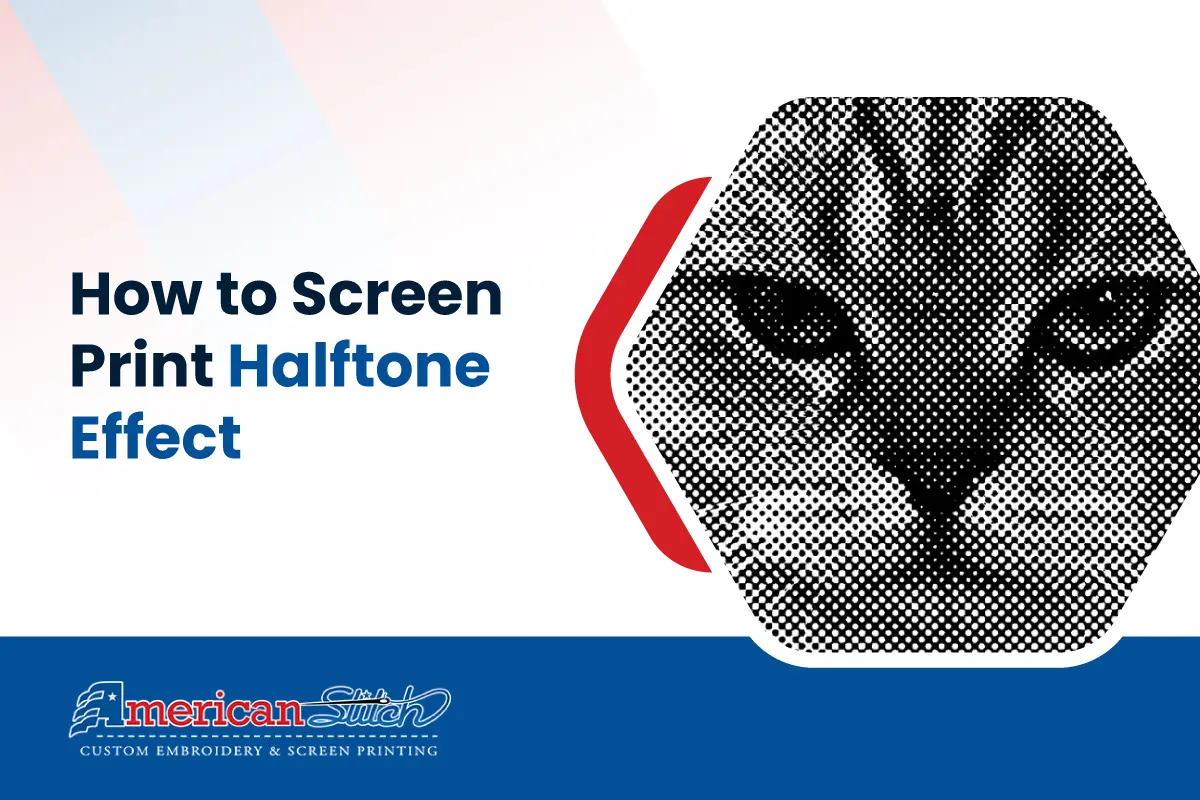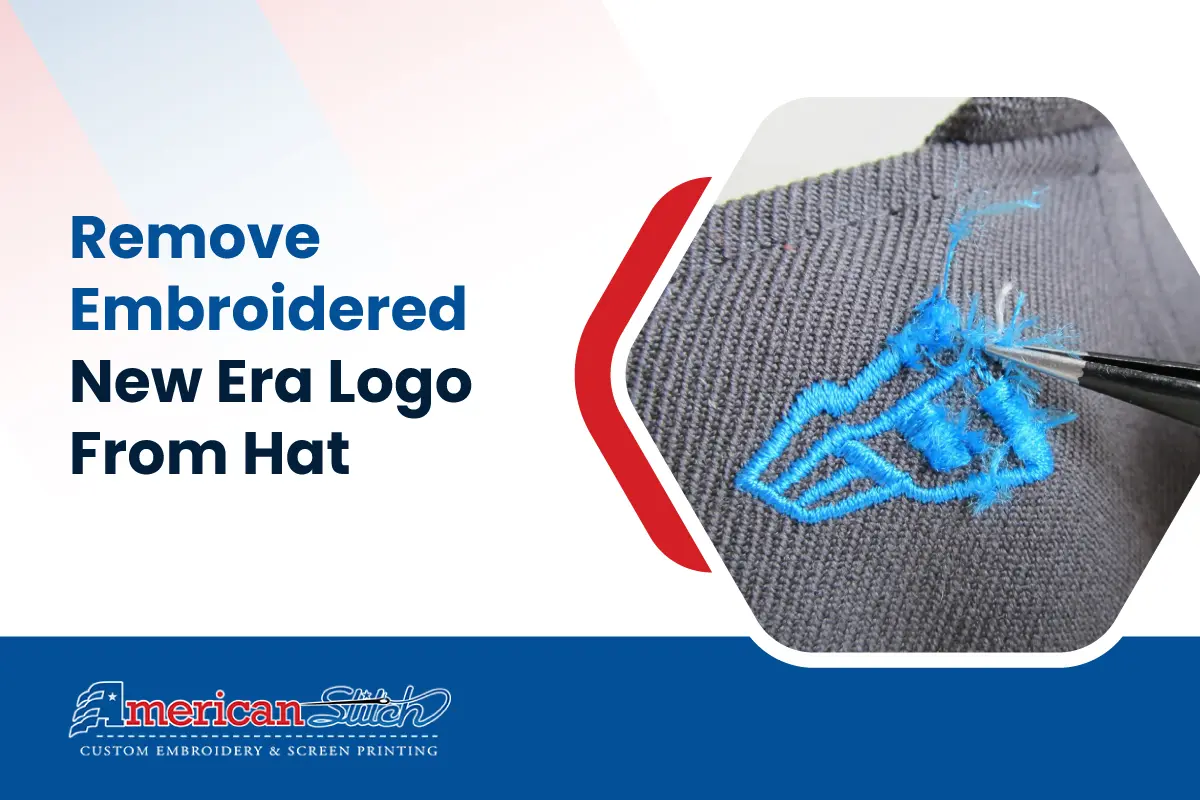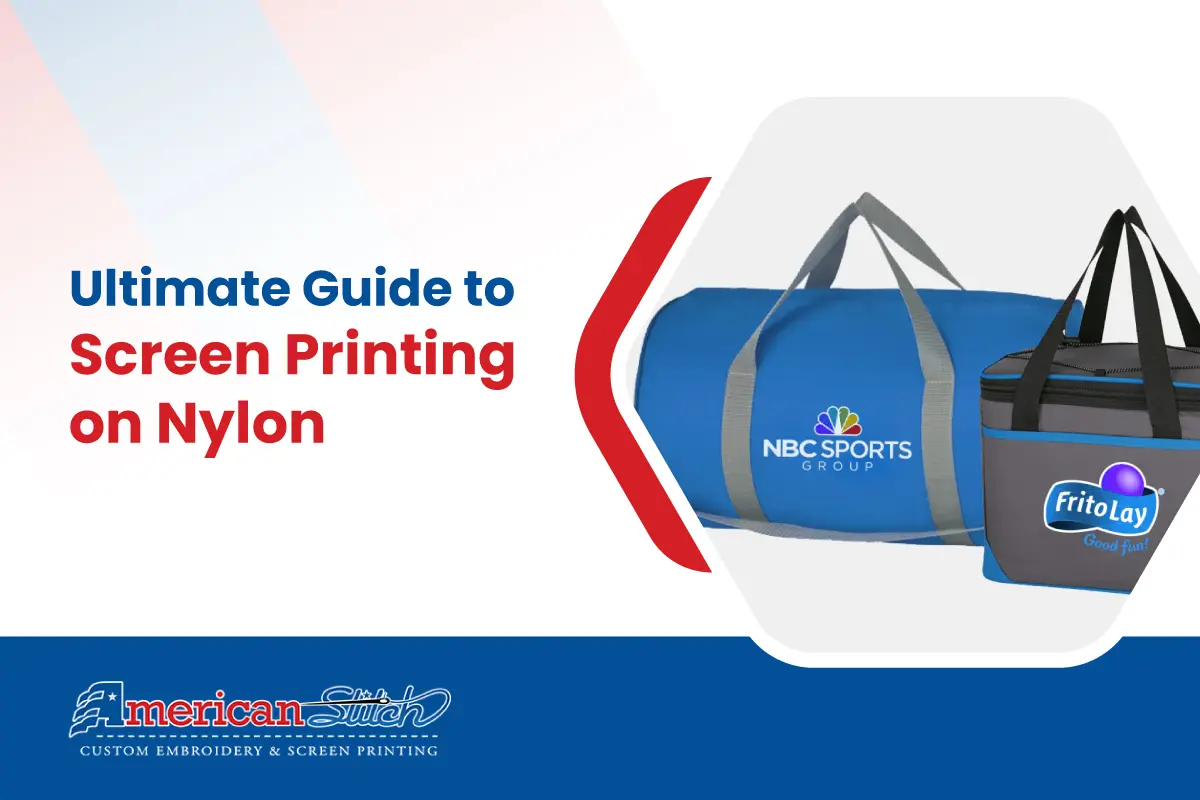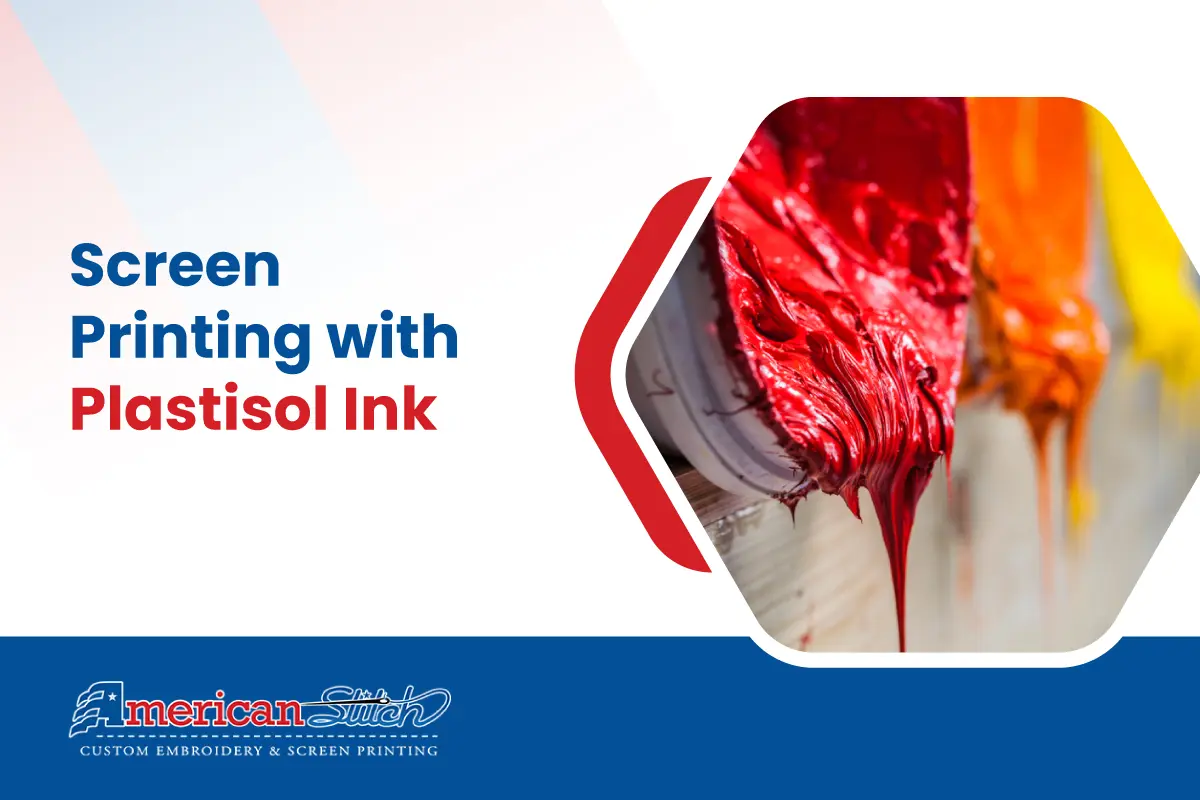Screen printing on nylon can be a rewarding process, offering the ability to create vibrant, durable designs on a versatile fabric. However, achieving high-quality results requires the right tools and materials.
We’ll explore the best tools for screen printing on nylon, from screens and inks to curing equipment and pre-treatment solutions. Whether you’re a beginner or an experienced printer, this guide will help you make informed decisions to improve your screen printing projects.
Table of Contents
1. Screens and Mesh Count – Choosing the Right Screen
The screen is one of the most critical components in screen printing. It acts as the stencil through which ink is transferred onto the nylon fabric. Choosing the right screen involves considering the mesh count, material, and frame type.
Mesh Count
The mesh count refers to the number of threads per inch in the screen. For nylon, a mesh count between 110 and 160 is typically recommended. Lower mesh counts are suitable for thicker inks and bolder designs, while higher mesh counts are ideal for detailed work and finer lines.
Material
Screens are usually made from polyester or stainless steel. Polyester is more common due to its durability and flexibility, while stainless steel offers greater precision for fine details.
Frame Type
Frames can be wooden or aluminum. Aluminum frames are preferred for their durability and resistance to warping, ensuring consistent tension and high-quality prints.
2. Inks – Selecting the Right Ink for Nylon
The type of ink you use is crucial for achieving vibrant and durable prints on nylon. Not all inks adhere well to nylon, so it’s essential to choose those specifically formulated for synthetic fabrics.
Solvent-Based Inks
These inks are designed to adhere well to non-porous surfaces like nylon. They provide excellent opacity and durability but require proper ventilation due to their strong odors and potential health risks.
Water-Based Inks
While not as commonly used on nylon, certain water-based inks are formulated for synthetic fabrics. They are environmentally friendly and produce soft, breathable prints, but may require additives to improve adhesion.
Plastisol Inks
Known for their versatility and durability, plastisol inks are a popular choice for nylon. They remain on the fabric’s surface, providing vibrant colors and excellent opacity. However, they need proper curing to ensure durability.
3. Pre-Treatment Solutions – Enhancing Ink Adhesion
Nylon’s smooth and non-porous surface can make ink adhesion challenging. Pre-treatment solutions are essential for improving the bond between the ink and fabric, ensuring a durable and long-lasting print.
Adhesion Promoters
These chemicals are applied to the nylon fabric before printing to enhance ink adhesion. They create a slightly tacky surface that helps the ink bond more effectively.
Heat-Setting Sprays
These sprays can be applied to the fabric to promote better ink absorption and durability. They are particularly useful for water-based and plastisol inks.
Washing and Drying
Properly cleaning and drying the nylon fabric before printing can also improve adhesion. Removing oils, dust, and other contaminants ensures a cleaner surface for the ink to bond with.
4. Emulsions – Choosing the Right Emulsion for Nylon
Emulsions are used to create the stencil on the screen that holds your design. Choosing the right emulsion is crucial for ensuring sharp and accurate prints.
Diazo Emulsions
These are versatile and economical, suitable for a wide range of inks. They offer good resolution and are relatively easy to work with, making them a popular choice for beginners.
Photopolymer Emulsions
These emulsions are pre-sensitized and offer fast exposure times and excellent detail reproduction. They are ideal for high-precision work and detailed designs.
Dual-Cure Emulsions
Combining the best of diazo and photopolymer emulsions, dual-cure emulsions offer high durability, resolution, and flexibility. They are suitable for both water-based and solvent-based inks.
5. Squeegees – Selecting the Right Squeegee
The squeegee is used to push the ink through the screen onto the fabric. The type of squeegee you use can significantly impact the quality of your prints.
Blade Material
Squeegee blades are typically made from rubber or polyurethane. Polyurethane blades are more durable and provide better control and consistency.
Blade Durometer
The durometer measures the hardness of the blade. Softer blades (60-70 durometers) are ideal for thinner inks and detailed prints, while harder blades (80-90 durometers) are better for thicker inks and bold designs.
Blade Shape
Square blades are versatile and suitable for most applications, while round blades are better for achieving smoother ink deposits and curved surfaces.
6. Curing Equipment – Proper Curing for Durability
Curing is the process of drying and setting the ink to ensure it bonds properly with the nylon fabric. Proper curing is essential for durability and washability.
Heat Press
A heat press provides consistent and even heat, making it ideal for curing plastisol and certain water-based inks. It ensures that the ink reaches the necessary temperature for proper bonding.
Conveyor Dryer
Conveyor dryers are efficient for high-volume printing. They use controlled heat and airflow to cure the ink as the fabric passes through on a conveyor belt.
Infrared Curing Units
Infrared curing units offer precise and rapid curing, making them suitable for detailed and high-quality prints. They are especially useful for curing solvent-based inks.
7. Design Software – Creating and Preparing Designs
Before you start printing, you need to create and prepare your designs using graphic design software. The right software can streamline your workflow and ensure high-quality prints.
Adobe Illustrator
This industry-standard vector graphics software is perfect for creating detailed and scalable designs. It offers a wide range of tools for precision and creativity.
CorelDRAW
Another popular vector graphics software, CorelDRAW is user-friendly and offers robust features for designing and preparing artwork for screen printing.
Affinity Designer
A cost-effective alternative to Adobe Illustrator, Affinity Designer provides powerful vector and raster tools, making it suitable for professional design work.
8. Cleaning and Maintenance Tools
Proper cleaning and maintenance of your tools and equipment are crucial for consistent print quality and longevity.
Screen Cleaners
Specialized screen cleaners help remove ink residue and emulsion from your screens, ensuring they remain in good condition for future use.
Degreasers
Degreasers are used to clean the nylon fabric before printing, removing oils and contaminants that could affect ink adhesion.
Emulsion Removers
These chemicals help remove old emulsion from your screens, preparing them for new designs and ensuring consistent print quality.
Additional Tips for Screen Printing on Nylon
Proper Workspace Setup
Creating an organized and efficient workspace can significantly impact the quality of your screen printing projects.
Ventilation
Ensure your workspace is well-ventilated, especially when using solvent-based inks and adhesives.
Lighting
Good lighting is essential for accurate design placement and quality control. Use bright, even lighting to minimize shadows and improve visibility.
Storage
Proper storage of your inks, screens, and other materials can prevent contamination and prolong their lifespan. Keep your workspace clean and organized to streamline your workflow.
Quality Control Checkup
Implementing quality control measures can help you achieve consistent and professional results.
Test Prints
Conduct test prints on scrap fabric to check for any issues with ink adhesion, curing, or design alignment. Adjust your process as needed before proceeding with the final prints.
Inspection
Regularly inspect your screens, squeegees, and other tools for wear and damage. Replace or repair any damaged equipment to maintain print quality.
Documentation
Keep detailed records of your screen printing process, including the types of inks, emulsions, and pre-treatment solutions used. This documentation can help you replicate successful prints and troubleshoot any issues.
Conclusion
Screen printing on nylon requires the right tools, materials, and techniques to achieve high-quality, durable prints. From selecting the appropriate screens and inks to using proper curing equipment and pre-treatment solutions, each step plays a vital role in the overall success of your projects.
By investing in the best tools and following the tips outlined in this guide, you can enhance your screen printing capabilities and produce vibrant, long-lasting designs on nylon fabric. Whether you’re a beginner or an experienced printer, these insights will help you achieve professional results and expand your creative possibilities.




